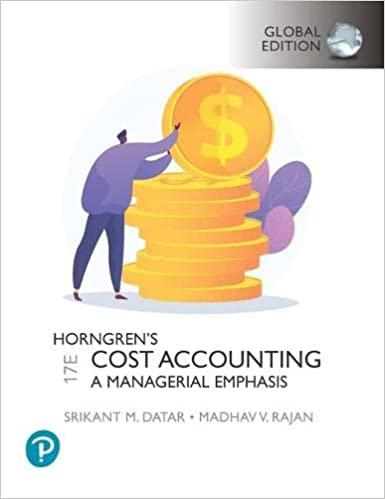


Img 8 Intermediate: Non-graphical CVP analysis and the acceptance of a special order. Video Technology Plc was established in 1987 to assemble video cassette recorders (VCRs). There is now increased competition in its markets and the company expects to find it difficult to make an acceptable profit next year. You have been appointed as an accounting technician at the company, and have been given a copy of the draft budget for the next financial year: Draft budget for 12 months to 30 November (m) (m) 960.0 Sales income Cost of sales: Variable assembly materials Variable labour Factory overheads - variable - fixed 374.4 192.0 172.8 43.0 (782.2) 177.8 Gross profit Selling overheads - commission - fixed Administration overheads - fixed Net profit 38.4 108.0 20.0 (166.4) 11.4 The following information is also supplied to you by the company's financial controller, Edward Davies: 1 planned sales for the draft budget in the year to 30 November are expected to be 25 per cent less than the total of 3.2 million VCR units sold in the previous financial year; the company operates a just-in-time stock control system, which means it holds no stocks of any kind; 3 if more than 3 million VCR units are made and sold, the unit cost of material falls by 4 per unit: 4 sales commission is based on the number of units sold and not on turnover: 5 the draft budget assumes that the factory will only be working at two-thirds of maximum capacity: 6 sales above maximum capacity are not possible. Edward Davies explains that the Board is not happy with the profit projected in the draft budget, and that the sales director, Anne Williams, has produced three proposals to try and improve matters. 1 Proposal A involves launching an aggressive marketing campaign: (0 this would involve a single additional fixed cost of 14 million for advertising: (ii) there would be a revised commission payment of 18 per unit sold: (i) sales volume would be expected to increase by 10 per cent above the level projected in the draft budget, with no change in the unit selling price. 2 Proposal B involves a 5 per cent reduction in the unit selling price: this is estimated to bring the sales volume back to the level in the previous financial year. 3 Proposal C involves a 10 per cent reduction in the unit selling price: () fixed selling overheads would also be reduced by 45 million; (i) if proposal C is accepted, the sales director believes sales volume will be 3.8 million units. Task 1 (a) For each of the three proposals, calculate the: (1) change in profits compared with the draft budget: (ii) break-even point in units and turnover. (b) Recommend which proposal, if any, should be accepted on financial grounds. (c) Identify three non-financial issues to be considered before a final decision is made. Edward Davies now tells you that the company is considering a new export order with a proposed selling price of 3 million. He provides you with the following information: 1 The order will require two types of material: (i) material A is in regular use by the company. The amount in stock originally cost 0.85 million, but its standard cost is 0.9 million. The amount in stock is sufficient for the order. The current market price of material A to be used in the order is 0.8 million; (ii) material B is no longer used by the company and cannot be used elsewhere if not used on the order. The amount in stock originally cost 0.2 million although its current purchase price is 0.3 million. The amount of material B in stock is only half the amount required on the order. If not used on the order, the amount in stock could be sold for 0.1 million; 2 direct labour of 1.0 million will be charged to the order. This includes 0.2 million for idle time, as a result of insufficient orders to keep the workforce fully employed. The company has a policy of no redundancies, and spreads the resulting cost of idle time across all orders: 3 variable factory overheads are expected to be 0.9 million; 4 fixed factory overheads are apportioned against the order at the rate of 50 per cent of variable factory overheads; 5 no sales commission will be paid. Task 2 Prepare a memo for Edward Davies: su (a) showing whether or not the order should be accepted at the proposed selling price; (b) identifying the technique(s) you have used in reaching this conclusion. AAT Technicians Stage









